The normal teeth structure always has a gum gap (average 3mm) located under the gums and this is a difficult position to clean by brushing and daily cleaning. Therefore, bacteria easily accumulate to form tartar under the teeth gums.
The tartar under the gums are usually hard that remove more difficult than tartar on the gums. If just using an ultrasonic machine to scrape ordinary tartar, it will not be possible to completely clean the tartar located deeply below.
Deep clean uses specialized tools which go under the gums to clean the tartar.
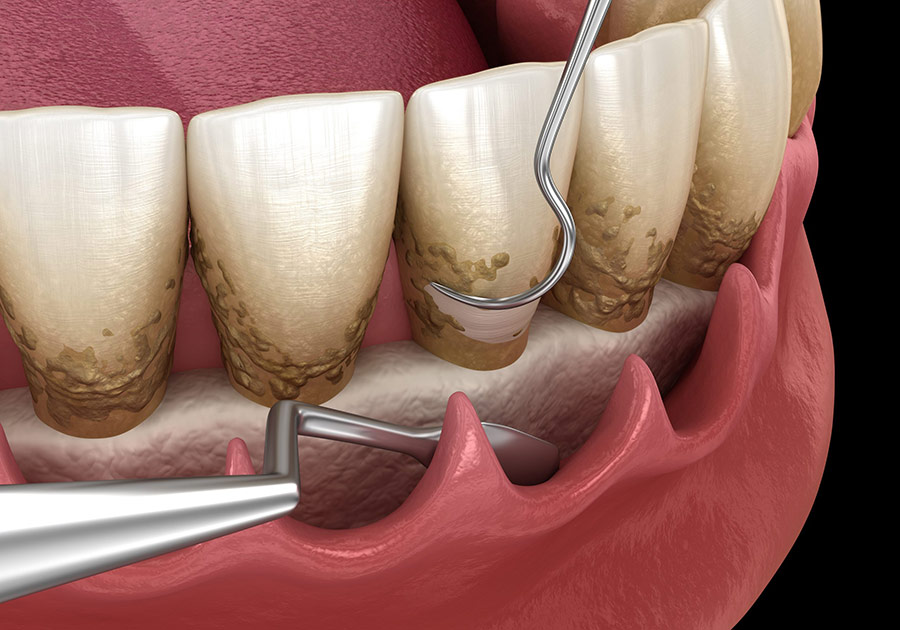
The normal teeth structure always has a gum gap (average 3mm) located under the gums and this is a difficult position to clean by brushing and daily cleaning. Therefore, bacteria easily accumulate to form tartar under the teeth gums.
If normal tartar scraping only cleans the tartar on the gums and a small part of the tartar under the gums, deep clean will help completely clean the tartar underneath.
Why should we clean the tartar under the gums? Tartar is basically “bacterial organization”. The tartar lying under the gums will cause the gums to recede over time, as the body reacts against the existence of bacteria by “creating a gap”. It will cause periodontal disease over time, making teeth loose and reducing chewing function.
Deep clean does not need to be done regularly, usually once or twice a year.
Who should deep clean?
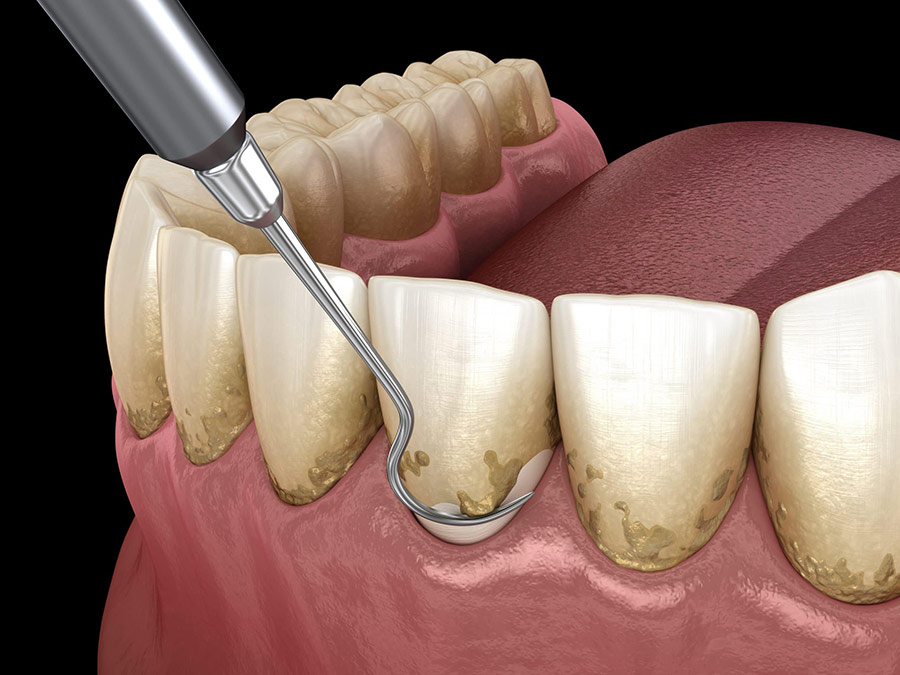
Step 1: Checkup and assessment of the current tartar status and periodontal organization
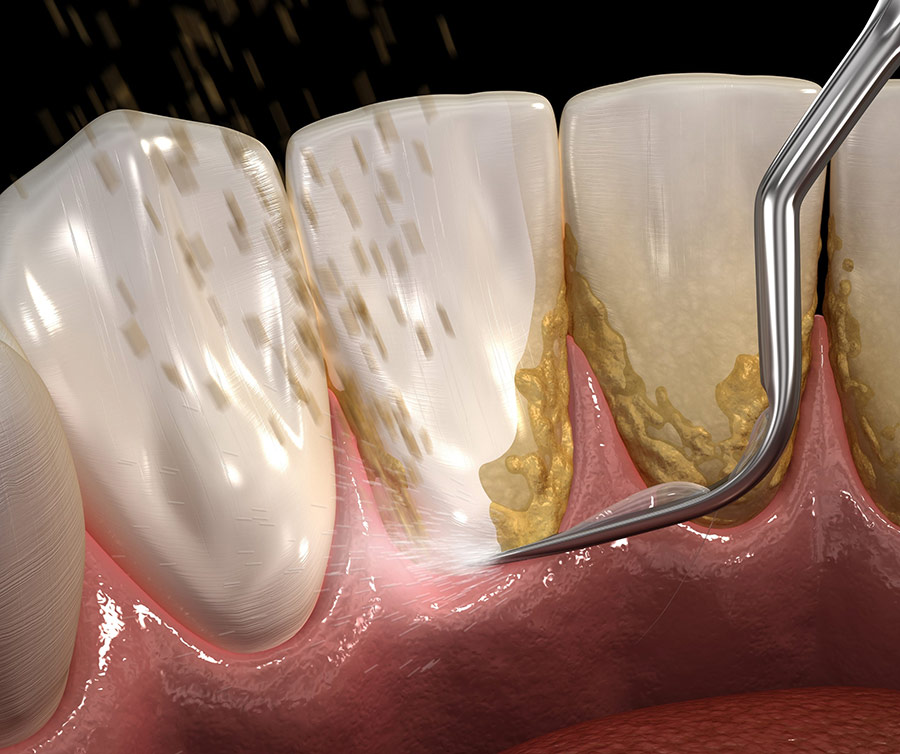
Step 2: Carry out normal tartar scraping, remove all tartar on the gums and part of the tartar below the gums
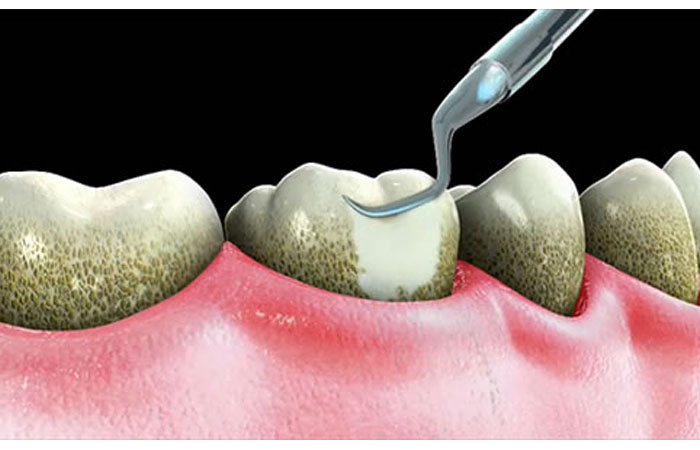
Step 3: Use the ultrasonic tip and specialized tools to clean the stains
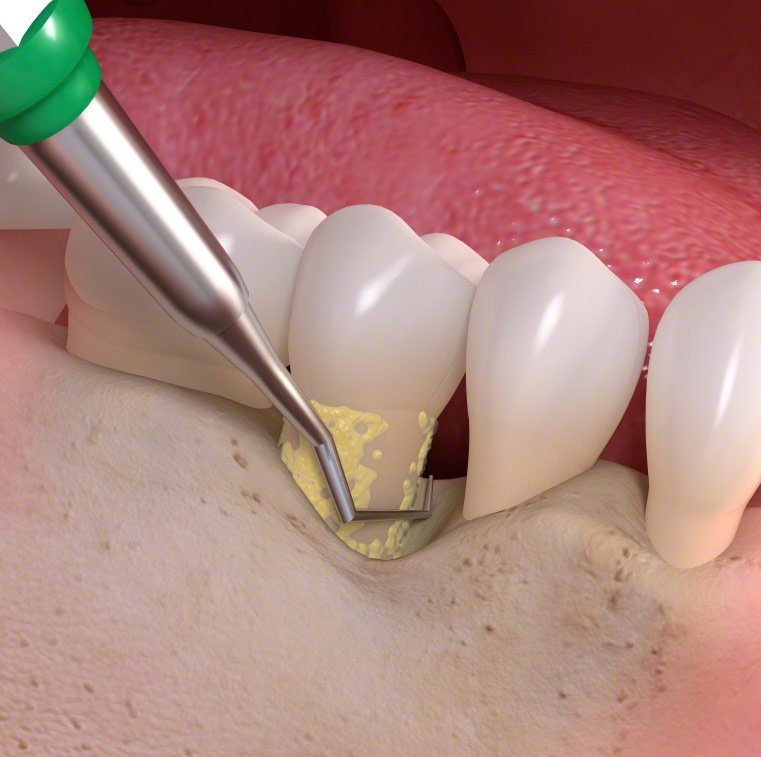
Step 4: Use a periodontal scraper to clean teeth and deep periodontal pockets
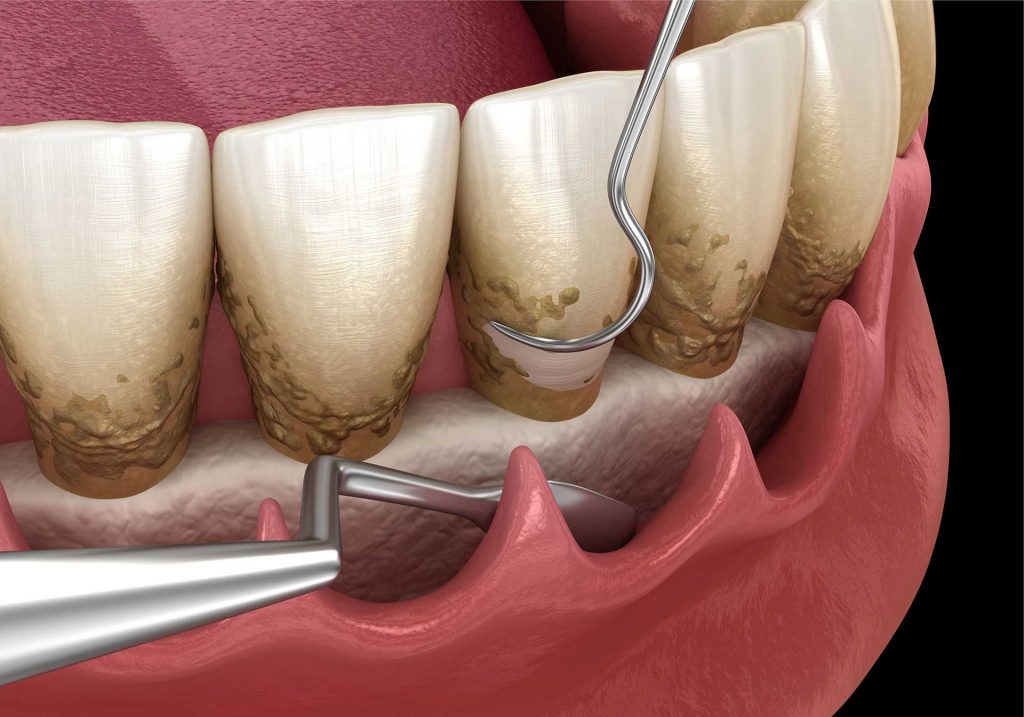
Step 5: It is necessary to anesthetize and periodontal flap approach surgery at the positions of much tartar under the gums, using a scraper to clean the periodontal pocket (only do at a specific position in one appointment and continue doing another next appointment)
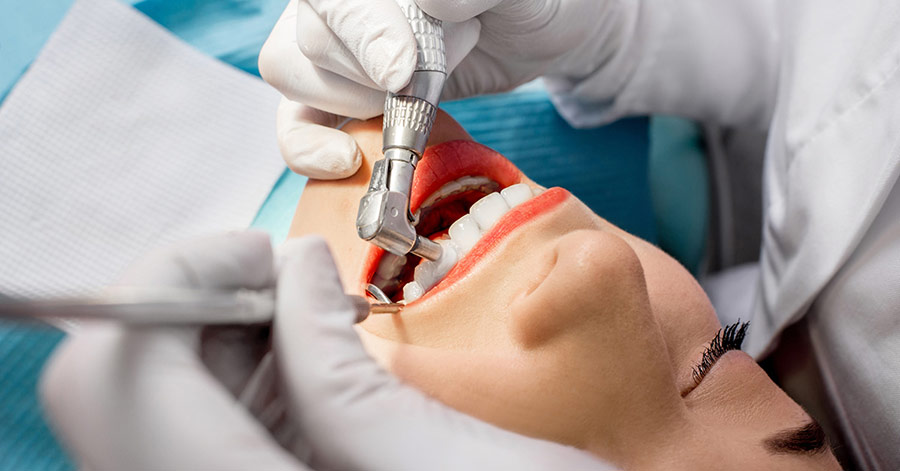
Step 6: Polish, clean the stain
